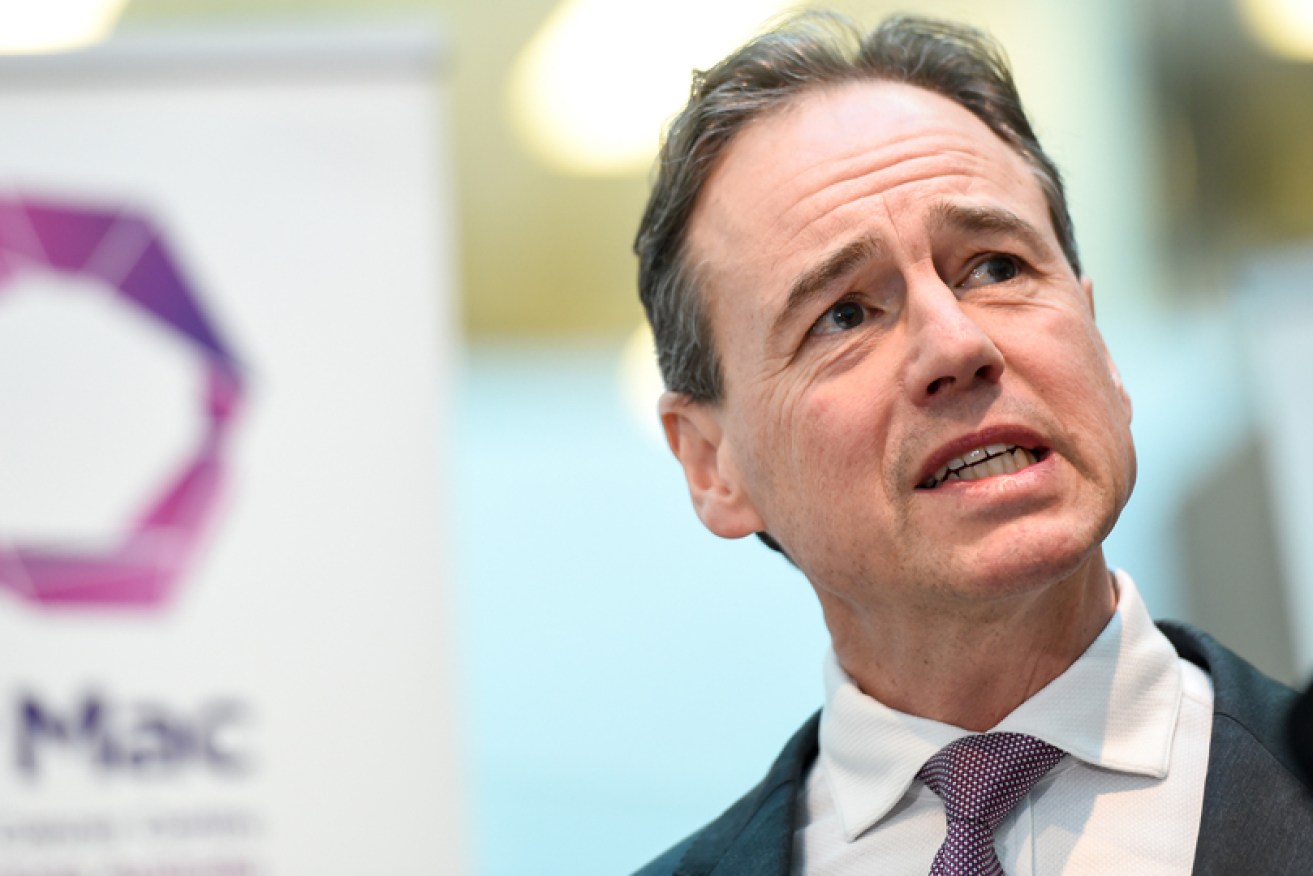Private health insurance continues to shrink


Greg Hunt fight to retain Flinders is about to become a good deal more complicated. Photo: AAP
Despite the federal government providing both carrots and sticks to force people into private health insurance, the percentage of Australians doing so continues to fall.
The sheltered workshop of Australian capitalism receives an annual $6 billion government premium subsidy and there are tax penalties for staying out of private cover, but fewer of us are sticking with it.
Australian Prudential Regulation Authority figures for June 30 show hospital coverage dropped half a per cent over the year despite the population growing by 1.6 per cent.
Just 45.1 per cent of the population had private hospital treatment membership, down from 47.3 per cent three years before.
The latest fall comes despite Health Minister Greg Hunt trumpeting “simpler” private health insurance, savings on prosthesis costs and the smallest premium increase since 2001. We’re still not buying it.
While fewer of us had private cover, the number of hospital treatments increased by 1.6 per cent over the year with paid benefits increasing by 3.2 per cent to $15 billion.
Average out-of-pocket costs per hospital episode increase by 3.3 per cent to $309.
The group most likely to drop out of hospital treatment insurance are those aged between 20 and 24. From the March to the June quarter, there was a net decrease of 18,291 people in that age bracket with hospital cover.
There is considerable state differentials in hospital cover. West Australians and ACT residents are the most likely be privately insured – 54.8 per cent of them – while Victoria and the Northern Territory have the fewest insured – 41.7 and 39.9 per cent respectively.
For the financial year, private health insurers collected $23.9 billion in premiums, paid $20.5 billion in benefits and reported net profits after tax of $1.37 billion.
The industry’s gross and net profit margins firmed a little to 14.2 and 5.2 per cent respectively.
As this columnist has previously reported, that gross margin represents billions of dollars not spent on health.
Macquarie University’s Centre for the Health Economy analysis of 2018-19 federal health spending recommended the private health insurance rebate be reviewed.
“It is projected to cost the Australian government $6.9 billion by 2021-22, and represents an inefficient way to fund hospital care,” the centre reported.
“Research suggests a marginal decrease in the rebate would provide net savings to the Australian government, even if it pays for any increased public hospital visits.”








